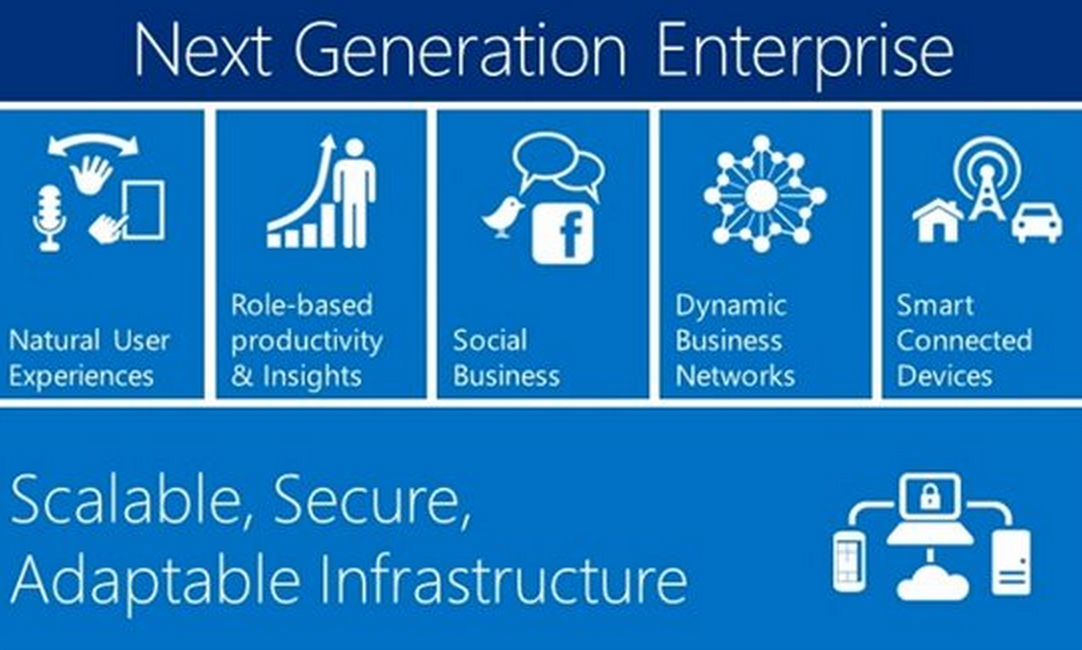Microsoft takes its developer outreach beyond the traditional hackathon

Since Windows 8 debuted a couple of years ago, Microsoft has on the prowl for ways to convince developers to write applications for its new operating system.

Just over a year ago, Microsoft created a "deep tech" team inside its Developer and Platform Evangelism (DPE) unit to help lead this charge. This Technical Evangelism and Development (TED) team's mission was to work with top developers outside the company to build next-generation applications. These "top developers" aren't just the Flipboards and Facebooks of the world; they are also the less-widely-known but still key group of developers inside large businesses writing custom line-of-business apps.
The deep tech team has found success with using "hackfests" as a way to connect with these internal business-app developers.
Microsoft recently held a hackfest with Skyline Technologies to build applications to make it easier for manufacturing-sector employees to understand and use data to improve internal operations. The source code for some of the joint work from Skyline and Microsoft has been released under an Apache 2 license on Github. It conducted another hackfest with software developer Sage focused on building a universal app for Windows 8.1, as well as on exploring how the Web app template (WAT) could do in terms of accelerating line-of-bsiness Web app submissions to the Windows Store. And it has engaged Edupoint in a hackfest that helped the educational-software company move its Student Informationn Systems applications -- especially those focused on helping teachers track student progress -- from infrastructure as a service apps to platform as a service apps.
The kinds of companies the deep tech team is targeting include many that aren't considered "cutting edge," yet have been building apps that handle mission-critical tasks. Old-school manufacturing companies have technically been working on "Internet of Things" problems for the last 30 years in writing apps that power machine pumps and other equipment. These developers are a core audience for Microsoft.
"Our goal is to meet devs where they are," said John Shewchuk, the Microsoft Technical Fellow who is spearheading the deep tech team's work.
The hackfest concept is the antithesis of the practice of lone-wolf developers doing PowerPoint presentations aimed at convincing big companies to adopt Microsoft's dev stack.
"A big multinational company that's a Java shop won't be interested in replatforming on .Net or Azure," based on a presentation, Shewchuk said. "But if we go in there and sayhow can we help you solve a hard problem with no PowerPoint -- just sitting down and jointly coding -- that's what we're doing with these hackfests."
Though some use the terms "hackfest" and "hackathon" interchangeably, Microsoft's hackfest concept is not really like a traditional hackathon.
"It's more about having deep conversations and getting to know each other as you build code together," Shewchuk said. "It's kind of like developer golf."
And once the deep tech engineers make it onto the green with these line-of-business developers, that's where the opportunities for new conversations happen. While coding something together in Java, there might be an opening for a suggestion as to how something could be coded more efficiently with .Net than Enterprise Java Beans or another competing technology. Shewchuk said one team went back and rewrote an RFP to open it up to Microsoft technologies after such a conversation.
"We've helped build iOS apps, Android apps, Java back ends," Shewchuk said. "You need to help them solve their hardest problems. If you are in the conversation and doing work with them, we can say, 'we have this tool.' if you weren't (working on) that problem, you might not have that conversation."